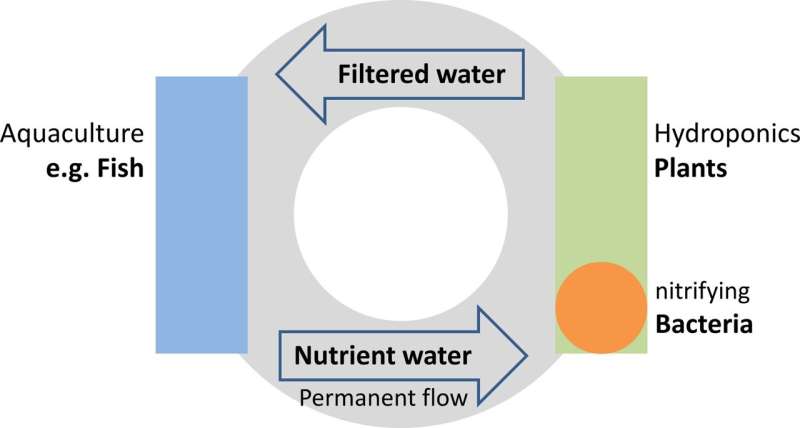What's the aquaponics?
n an aquaponics system, the culture water is purified and reused continuously. The aquaponics system is a completely closed loop. The waste generated: solid waste/ammonium and carbon dioxide are converted by the digestive system into nutrients that plants can absorb - nitrates. The plants absorb nutrients while purifying the water quality for the fish. The purified The water is returned to the fish pond, and energy requirements for the recycling process are kept to an absolute minimum. However, most fish symbiosis systems are not completely closed loop, solid waste will be discharged from the system and the evaporated water will be replenished. We can reuse 90% or more of the culture water through the circulation system. In order to ensure that water quality can be fully purified, the circulation system is composed of many unique components. See detailed instructions on aquaponics techniques. The aquaponics system can perfectly remove ammonia/nitrite/nitrate from the system.
Advantages of aquaponics systems:
Completely controlled fish environment
Low water consumption
Efficient energy utilization
efficient land use
Best Feeding Strategies
Easily grade and harvest fish
No antibiotics/hormones/pesticides
Limitations of aquaponic systems:
Good water source, best drilled well
Good quality feed, preferably high protein/high fat/high digestibility extruded feed
Skilled employees able to work in mid-tech environments
Stable supply of electricity
Good sales channels, preferably the farm is within 30 kilometers from the city

Basic principles of aquaponic farming systems
A basic aquaponics system consists of the following components:
fish tank
mechanical filtration
biofilter
hydroponic grow bed
Machine-made cultivation bed
Pum
Others (aeration device/air blast device/feeder/monitoring, etc.)